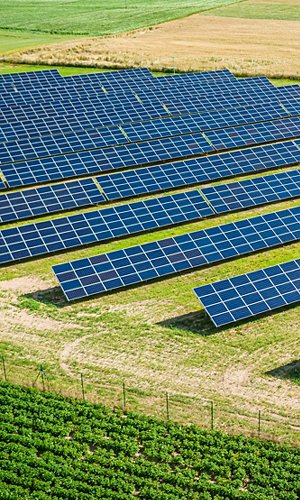It is well known that one of the major limitations of photovoltaic modules is that they do not work at night. Now, even this limit may be overcome, at least in part. In 2020, a group of Stanford scientists envisaged a type of solar cell that could generate energy from the sun during the day and ‘reverse’ it at night to continue producing electricity. These special cells, called ‘anti-solar’, integrate traditional photovoltaic technology with a thermoelectric generator (TEG) based on night-time radiative cooling. This is a phenomenon whereby a body – favoured by certain conditions of clear skies and low humidity – is able to emit considerable amounts of heat in the form of infra-red light. The resulting heat flow can be used directly to generate electricity through TEGs. This mechanism can also be applied to photovoltaic cells that radiate thermal energy to the sky at night, reaching temperatures a few degrees lower than the surrounding air. By integrating a thermoelectric module into the panels, it is possible to generate voltage (and therefore electricity) from the temperature gradient created between the cell and the air.
A study has recently been published in Applied Physics Letters describing the latest advances in this field made by Stanford University. Here, a group of engineers, including researcher Shanhui Fan who took part in the 2020 study, created a new prototype of anti-solar cells that presently deliver only 50 milliwatts per square metre. Researchers are aiming to generate at least 1 watt per square metre in order to make it an attractive technology. The potential of night-time solar cells is very high, as they could be a continuous source of renewable energy both during the day and at night in off-grid locations.




